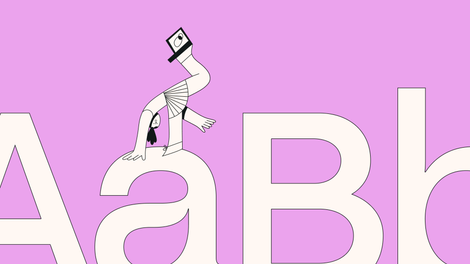We all have a terrifying horror movie that left us with nightmares as kids (or, let’s be honest, as adults too).
Horror movies seek to terrify their viewers as a form of entertainment. Themes of horror became popular in gothic novels in the 20th century, and many of those same themes can be found in horror movies today.
In this article, we’ll cover the significant subgenres of horror, examples of some of the best horror movie poster designs, and some design tips for creating your own.
Jumpstart your ideas with Linearity Curve
Take your designs to the next level.
What makes the perfect horror movie poster?
.png)
The perfect horror movie poster leaves enough to the imagination while still frightening and intriguing its audience.
Many use a nightmarish scenario, a spooky central image, and the aesthetics of blood to instill fear in the viewer’s mind.
There are countless ways to create an eye-catching horror poster. Just make sure you use relevant content, not just the creepiest content you can think of.
Designers keep things mysterious in movie posters by using abstract images and foreshadowing.
Earlier posters were often in black and white, which can create their own atmosphere of foreboding. Today, many are designed with color and use blood-red font or imagery.
So, do you have what it takes to create a scary movie poster? First, let's learn a little more about horror films.
What are the subgenres of horror films?
Horror is a film genre that has created many subgenres. Horror movie fans are serious about these films and their favorite varieties. Let’s break down the main subgenres of horror films that you might be designing a poster for.
The main subgenres of horror films we focused on in this article are vintage horror films, paranormal horror films, monster films, campy horror, gory horror, slashers, and psychological thrillers.
We picked a few examples from each genre so you can get an idea of what to look out for. Keep reading for our ultimate list of horror movie posters!
Elevate Your Poster Design Skills
Unlock the secrets to captivating poster design. Our blog offers essential tips and tricks to help you create eye-catching and effective posters.
Vintage horror movies
Vintage horror movies are the cornerstone of the horror genre. The themes and imagery in vintage films are constantly recycled and emulated in contemporary horror films.
The vintage horror movie genre is not so much a theme; it’s a time period. Most consider vintage horror movies to be anything created before 1980.
As time goes on, the 90s and early 2000s horror films will be considered vintage as well.
The first film poster on this list is from way back in 1959! Let’s dig into it.
House on Haunted Hill (1959)

This early example of an iconic poster for a horror film was created by artist Reynold Brown.
A B-movie is a low-budget film traditionally created only to be used as a companion film to the main attraction in a double feature.
The eerie, spooky background in this image features a haunted house and several distressing themes, including a woman being hanged by a skeleton and a beheaded woman carried away by a mysterious man.
Dracula (1931)

Dracula is another historical film that is considered a classic today. This film was adapted from the gothic novel by Bram Stoker.
The iconic poster for this film plays on the damsel in distress theme. A young woman, looking terrified, is being preyed upon by none other than Dracula himself, which elicits concern and fear from the viewer.
This film could also fit under the subgenre of monster films, as it features a vampire, one of the traditional villains in monster films.
Paranormal Horror
Paranormal horror movies are a traditional horror subgenre that became prevalent in the 1920s and 1930s.
This subgenre features ghosts, demons, and possession, often with underlying religious themes.
Poltergeist (1982)
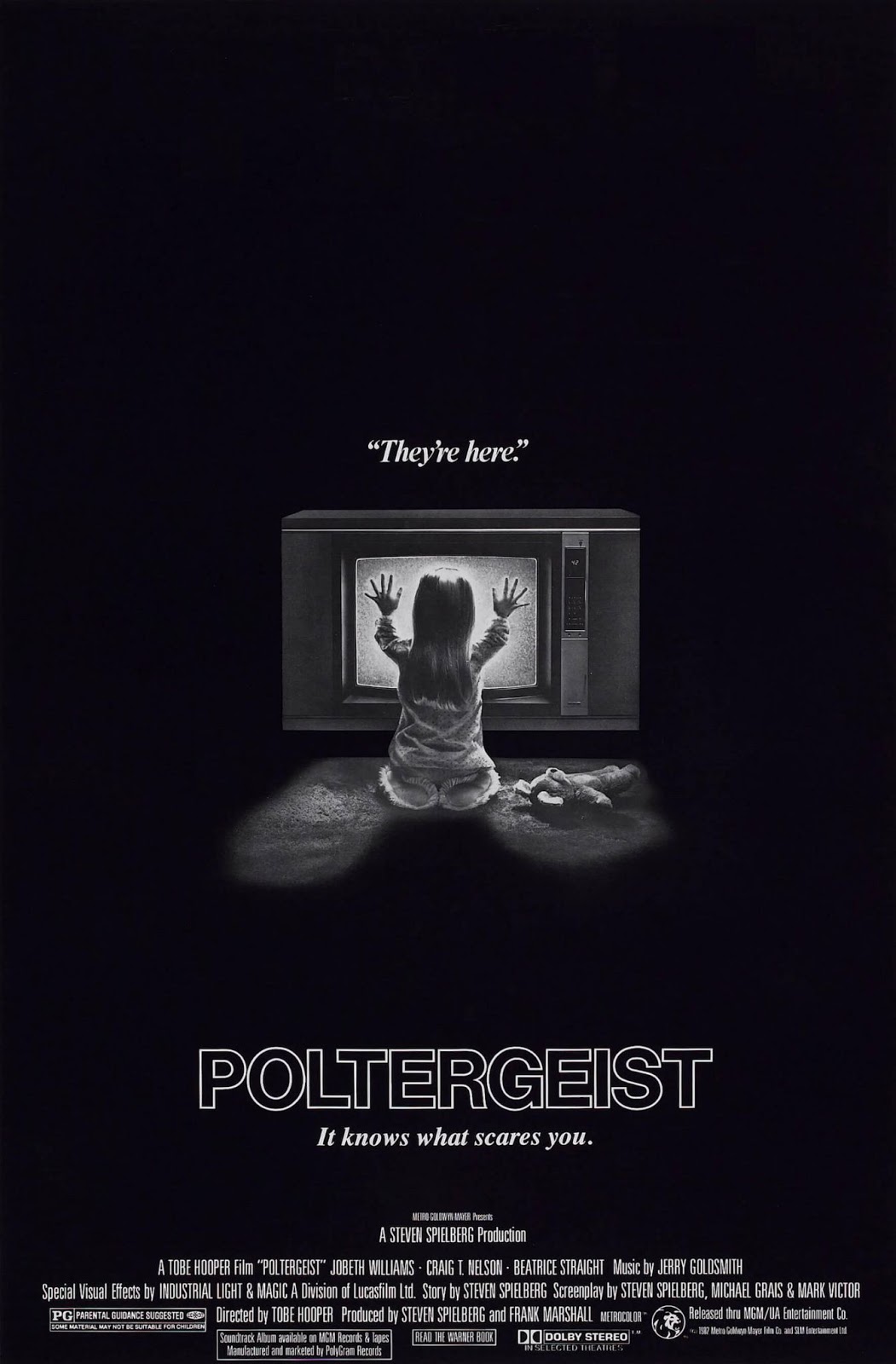
The two taglines on the cover, "It knows what scares you" and “They’re here,” speak for themselves.
Even though very little of this movie poster is technically “scary", the dark room lit by the bright light of the tv gives the viewer a sense of foreboding and unease.
And the image of a young girl and her teddy bear immediately causes concern and alerts viewers to the horror featured in this film.
The Exorcist (1973)

Directed by William Friedkin, The Exorcist is another staple of the paranormal horror genre.
Bill Gold was the artist behind this creepy poster that unsettles the viewer with a spooky image of a black-clad figure lit by a beam of light. The central figure in this image is seen from behind but somehow manages to appear ominous.
Monster films
What constitutes a monster? It’s different for everyone, but the monster genre of horror certainly tries to play on all of our fears.
Common monsters in the monster film subgenre include werewolves, vampires, witches, and aliens.
The monsters in horror movies have fed generations of children’s nightmares. Often they feed off of typical phobias like claustrophobia, fear of open water, or fear of snakes and spiders.
Alien (1979)

This science-fiction horror film was directed by Ridley Scott and features a monstrous alien theme. It also plays on people’s fear of space and wide-open spaces.
The image of a cracked egg with oozing green liquid looks very spooky. And the pitch-black darkness in the background is equally unsettling.
The tagline, “In space no one can hear you scream,” certainly doesn’t do much to calm the nerves either.
Jaws (1975)

Who could forget about this iconic and unforgettable poster?
Jaws is an all-out bloodbath of a film by the famous director Stephen Spielberg.
The angle of the impending shark attack, along with the blood-red title, makes it abundantly clear what the film is about.
Campy horror
Campy horror films are full of cheesy effects, bad acting, absurd plots, and exaggerated violence. And that’s what makes them awesome.
According to Merriam Webster’s dictionary, the definition of camp is “absurdly exaggerated, artificial, or affected in a usually humorous way.”
Scream (1996)

A recent classic, Scream is a perfect representation of campy horror or comedy horror movies.
This film, inspired by the real-life case of the Gainesville Ripper, was directed by famous horror director Wes Craven.
The tagline at the top of the poster is both clever and creepy. “Someone has taken their love of scary movies one step too far” is the perfect summary of this cult classic film.
Evil Dead (1981)

The unforgettable poster for this movie features a woman being choked by a monster while she reaches above her for help. The two arms reach for different things creates an interesting symmetry in the design of this poster.
The poster designer heavily featured a positive review from Stephen King to convince the audience of the movie’s merits.
Gory horror
Gory horror movies are a subgenre with extreme violence and excessive bloodshed. These movies are an all-out blood bath and can be hard for some people to stomach.
Torture and stabbing are common themes, and often the unceasing violence is perpetrated by a mad man with a vengeance.
Compared to slashers, gore films have more close-ups on wounds and a significant emphasis on blood.
Saw (2004)

Saw is what people today often think of when they think of a gory horror movie. Strongly featuring dismemberment and torture, this movie is not for those with a weak stomach.
The graphic image of a dismembered hand with a stark white background and a saw prominently featured in the shot is a pretty straightforward image.
The lack of color in the poster and strange font with distorted and uneven letters leave the viewer uneasy.
The Texas Chainsaw Massacre (1974)

This gory horror film could also be an example of a slasher film. Slashers and gory films often overlap, as both feature an excessive amount of blood and stabbing (or chainsawing, in this case).
The movie poster for this film features another damsel in distress (anyone else noticing a trend here?) being attacked by the distinctive figure of Leatherface, this film’s villain.
The large, blood-red title is a pretty good indicator of the violence the film features.
Ready to create brand assets that pack a punch?
Visit our Academy for free marketing design courses.
Slashers
Another iconic subgenre of horror is the slasher film, affectionately known as slashers. Often these films feature a lot of, you guessed it, slashing.
Slasher films often focus on a serial killer going after and killing a group. The killer usually murders people with a bladed tool, but bonus points are awarded for creativity.
This category is remarkably similar to gore movies, and films in both genres often overlap.
Gore films feature more of a focus on injury and dismemberment than slashers, focusing more on the chase and actual murder events.
Halloween (1978)

The classic Halloween horror movie, this film has no shortage of slashing and murders. Michael Myers is the quintessential villain that we all fear.
Created by Robert Gleason, this movie poster is one of our all-time favorites. The perfect example of leaving things up to the imagination while still spooking the viewer.
The fact that you can’t see the killer, but the ominous tagline hints at him by saying, "The night he came home," makes it even scarier.
Nightmare on Elm Street (1984)

This famous Wes Craven movie revolves around child nightmares and a horrible villain.
The movie poster evokes a nightmarish scenario: a young (yep- you guessed it, damsel in distress) lays awake in bed while an evil man hovers above her with claws outstretched.
The rich colors and lighting create a vivid nightmare scene.
Psychological Thrillers
A psychological thriller combines the thriller and psychological fiction genres into one unsettling experience.
Often, a “dissolving sense of reality” makes the viewer uncomfortable and unsure who to trust as a reliable narrator.
Rosemary's Baby (1968)

This spooky Roman Polanski film left an entire generation emotionally scarred.
The title character in this film, Mia Farrow’s, profile image takes up the majority of the poster, as she stares off blankly into the distance.
The green hazy background color gives the poster an eerie look. And, the baby cradle in a perilous position creates a sense of doom and fear.
The Shining (1980)
.png)
This disturbing Stephen King novel adaptation directed by Stanley Kubrick is undoubtedly a memorable one.
Saul Bass created the original poster image (left), but we actually prefer the alternative poster (right) created later on, which we think better exemplifies the movie and the genre.
The original poster doesn’t quite illustrate the terrifying themes of the movie. The strange figure staring through the title with a yellow background just doesn’t work as well as the terrifying image of Jack Nicholson staring maniacally around the door, holding his infamous ax.
Using Vectornator to create your horror movie poster
Okay, that was a lot of gore and scary content. If you aren’t currently cowering in a corner, you’re probably ready to start creating your horror movie posters.
Let’s talk about how to do that!
Movie posters, also known as one-sheets, are best sized at 27x40 inches (686x1016 mm).
That might seem like a lot of blank space to fill, but with Vectornator, it’s easy. By downloading our intuitive graphic design platform, you get access to free stock photos, text editing, and our countless graphic design tools.
How to create your own movie poster:
- Start with the perfect poster template built into Vectornator, designed for all of the popular poster sizes. You can use unlimited Artboards, so add as many different sizes that you might need into one project.
- Find a creative background photo through our integration with Unsplash; you can pick from countless free stock photos. Or, you can create your own graphic using our advanced graphic design tools such as our Pen tool, Auto Trace function, and Gesture Controls.
- Create a title: Use our unique lettering capabilities and text editing to create a distinctive and creative title for your poster.
- Add a tagline: You’re also going to need a catchy tagline that teases the content of your film. Use our text editor and unique lettering to pick a color and font that will stand out.
- Add credits: Our text editor will come in handy for the nitty-gritty credits. You want them small enough so that they don’t take up too much real estate but big enough that they’re legible.
We’ve got all the tools, tips, and inspiration you need to create a movie poster. Now it’s time for you to get to creating!
We can’t wait to see what spooky, creative content you can come up with.
P.S. We’re definitely sleeping with the lights on tonight!
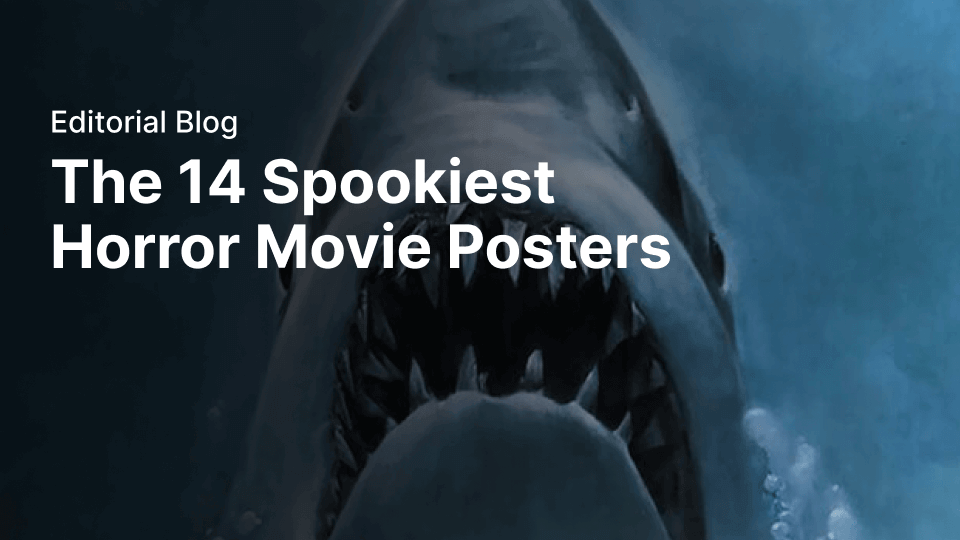
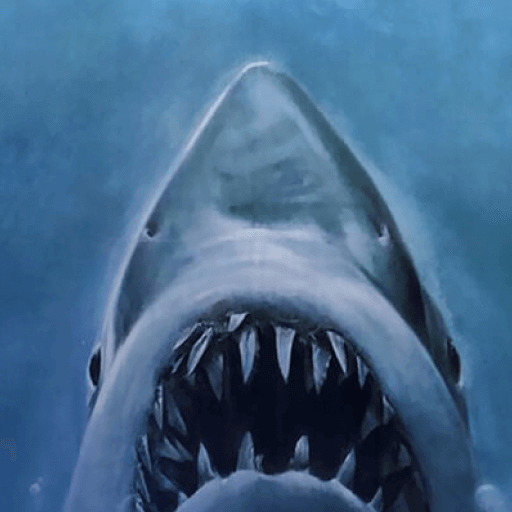
Jumpstart your ideas with Linearity Curve
Take your designs to the next level.
Share this!
Ben Barnhart
Ben is a Content Lead for Linearity living in Berlin. His hobbies include board games, cooking, reading, and writing.


:quality(75))
:quality(75))



:quality(75))
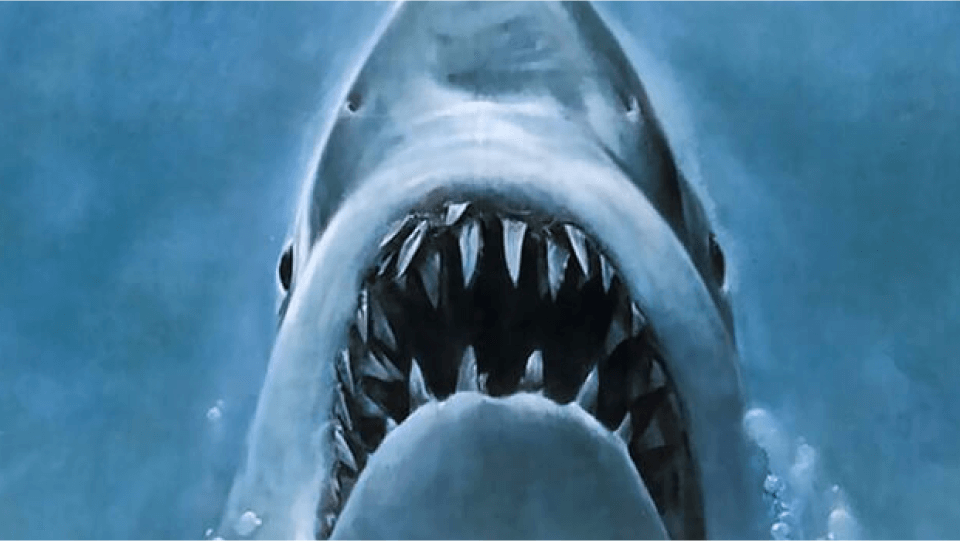
:quality(75))
:quality(75))
